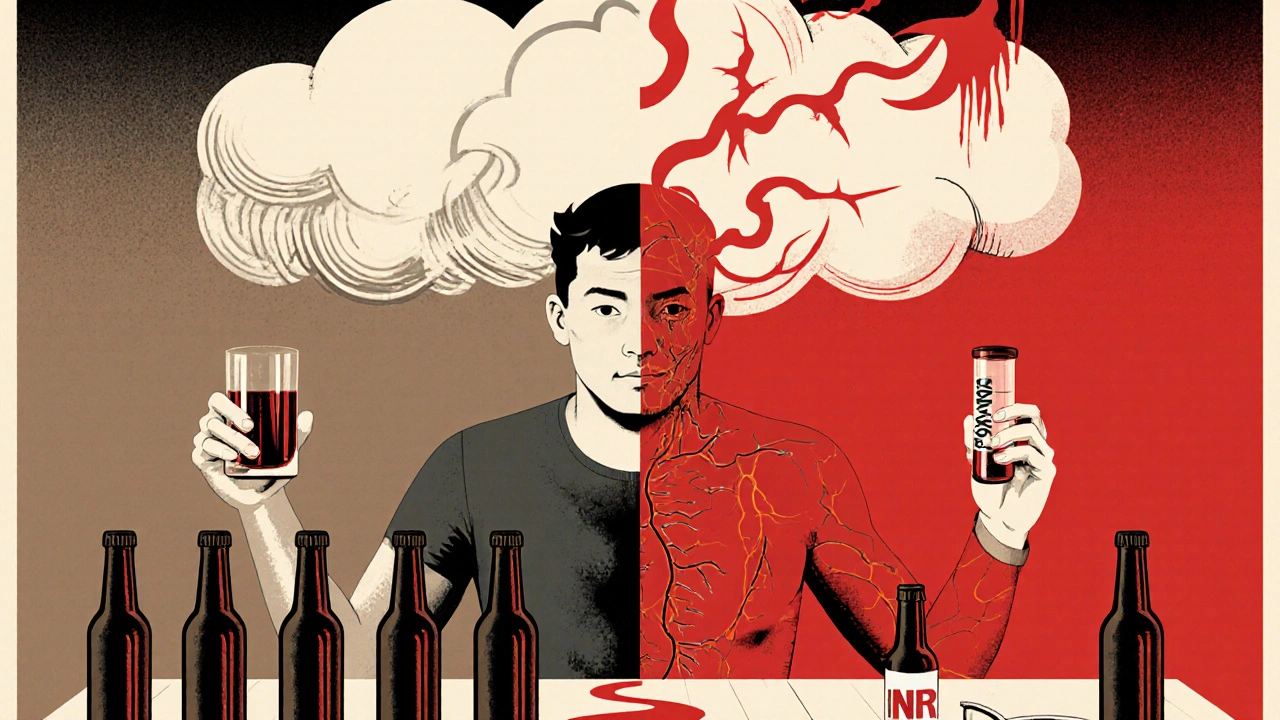Warfarin: Uses, Risks, and Alternatives You Need to Know
When you hear warfarin, a long-standing anticoagulant used to prevent dangerous blood clots. Also known as Coumadin, it's been the go-to blood thinner for over 60 years, helping millions avoid strokes, heart attacks, and pulmonary embolisms. Unlike newer drugs, warfarin doesn’t come with a fixed dose—it’s personal. Your doctor adjusts it based on regular blood tests called INR checks, which measure how long your blood takes to clot. Too low, and you’re at risk for clots. Too high, and you could bleed internally from a minor bump.
That’s why so many people on warfarin also deal with INR monitoring, the critical process of tracking blood clotting time to keep the drug in the safe zone. It’s not just a lab test—it’s a daily balancing act. Foods high in vitamin K, like kale or spinach, can throw off your levels. Alcohol, antibiotics, even herbal supplements like St. John’s wort can interfere. And if you’re on warfarin, you’ve probably learned the hard way that even a small change in diet or meds can mean a trip to the clinic.
But warfarin isn’t the only option anymore. Newer anticoagulants, like apixaban, rivaroxaban, and dabigatran. Also known as NOACs, they don’t need constant blood tests, have fewer food interactions, and often come with lower bleeding risks. Still, warfarin survives because it’s cheap, works for complex cases like mechanical heart valves, and doctors know how to manage it. For some, switching isn’t safe—or even possible. That’s why understanding both warfarin and its alternatives matters. You need to know when to stick with it, when to ask about change, and what to watch for if you’re already on it.
Below, you’ll find real comparisons and practical guides from people who’ve lived with warfarin, switched to something else, or dealt with its side effects. You’ll see how it stacks up against newer drugs, how diet and lifestyle affect it, and what to do when your INR spikes or drops. No fluff. Just what works, what doesn’t, and what your doctor might not tell you.
Alcohol Binge Drinking and Warfarin: What You Need to Know About INR Swings and Bleeding Risk
Binge drinking while on warfarin can cause dangerous INR swings and triple your risk of serious bleeding. Learn how alcohol affects your blood thinner, what safe limits are, and what signs to watch for.
